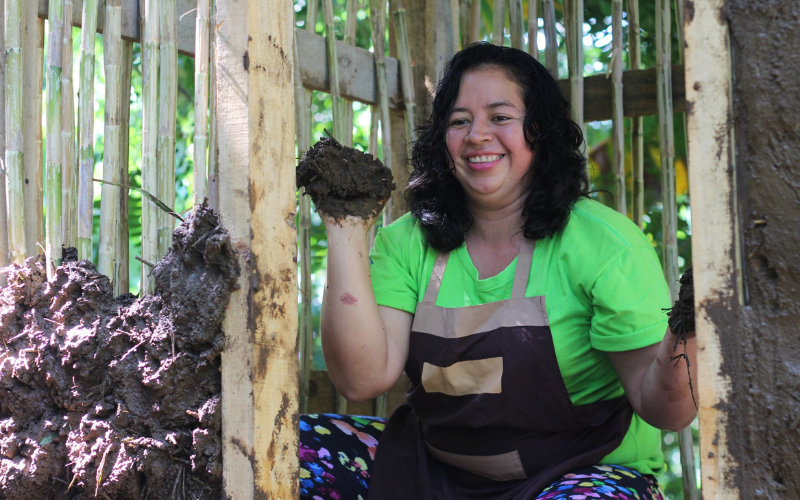Cal-Earth’s Sandbag, or “Superadobe,” shelters are simple, low-cost homes built from earth-filled bags and barbed wire. They need no machines and little training, making them ideal for both emergency shelters and permanent houses. Using arches, domes, and vaults, the structures are timber-free, earthquake-resistant, and naturally insulated. Over 1,000 have been built in more than 20 countries, and 400 people have been trained to teach and build them.
Founded in 1991 by architect Nader Khalili, the Cal-Earth Institute researches and teaches sustainable earth architecture. Located in California’s Mojave Desert, it tests full-scale prototypes that can withstand earthquakes, fire, floods, and hurricanes. The shelters can be built in days with local soil, sandbags, and simple tools, allowing families—including women, children, and the elderly—to build their own homes with supervision.
The system is low-cost, eco-friendly, and flexible. A family-sized emergency shelter can be built for around $650 and can later be upgraded into a permanent home. Thick earth walls provide natural heating and cooling, reducing energy use. By using soil instead of timber, cement, or steel, the approach saves natural resources and prevents deforestation.
Cal-Earth has partnered with the UNDP and UNHCR to house refugees and disaster victims, offering a safe, dignified alternative to tents. Training programs and a distance-learning course help spread the technology worldwide, empowering communities to rebuild while preserving the environment.
Its innovation lies in combining ancient earth-building methods with modern disaster resistance, creating affordable homes that meet strict safety standards. The project’s social impact is profound: people not only gain secure shelter but also the skills to construct it themselves, fostering resilience, cooperation, and long-term sustainability.








